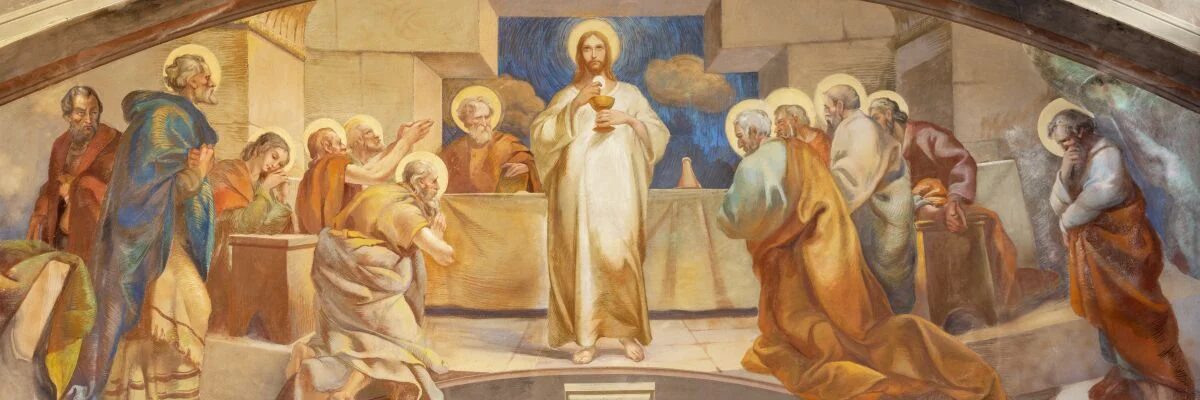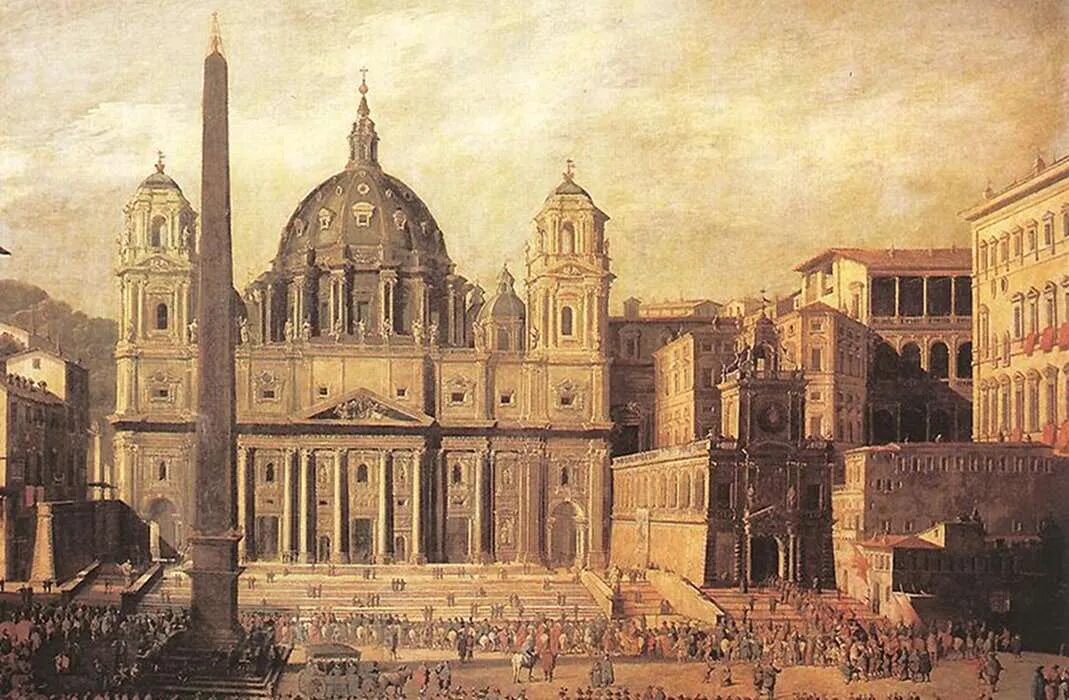The Catholic Church, with its nearly 2,000-year history, stands as one of the most enduring institutions in the world. Followers of this faith consider Catholicism to be a direct continuation of early Christianity. While some debate this interpretation, the roots of Catholicism are perceived to begin with Jesus Christ. Known as the Messiah to his followers, Jesus embarked on his public mission around the age of 30, and within just three years, profoundly impacted religious thought. His teachings, primarily focused on Jewish beliefs, introduced new interpretations and meanings.
During this period, Jesus selected twelve apostles to help spread his teachings. Following his crucifixion, Christianity began to evolve from a Jewish sect into a distinct religion. The role of the apostles was crucial during the Apostolic Age, with figures like Paul influencing its expansion among non-Jewish populations. As Christianity spread beyond Jewish communities, it gradually found its foothold in various cultures across the Mediterranean. Over time, this resulted in the establishment of the Catholic Church, a transformation that would alter the course of history.
Key Takeaways
- Catholicism is seen by its followers as a direct continuation of early Christianity.
- Jesus Christ’s short ministry had a significant impact on religious thought.
- The spread of Christianity led to the formation of the Catholic Church.
Beginnings of Catholicism
Jesus Christ: The Savior and His Twofold Nature
The foundation of Catholicism is closely tied to Jesus Christ, revered as both divine and human. According to Saint John, Jesus is eternally the Son of God, possessing a divine nature aimed at preserving the world. Simultaneously, Jesus of Nazareth embodies human nature, symbolizing the spiritual growth of humanity. This dual nature unifies in one person, presenting the ideal of virtue and holiness.
Historical Setting and the Birth of Jesus
Jesus was born in Bethlehem, Judea, between 6 and 4 BCE, during the reign of Caesar Augustus, Rome’s first emperor. Although little is known about his childhood, the story of Jesus began in a Jewish context, preparing him for a life dedicated to teaching. He initiated his public mission at about 30, becoming recognized as the Messiah following his baptism by John the Baptist. It was his travels and teachings that laid the groundwork for what would become the Catholic Church, all documented in the Gospels crafted by his followers after his death.
The Messiah’s Public Mission
Baptism Marks the Beginning
Jesus began his mission around the age of 30 with a significant event: his baptism by John the Baptist. This moment marked the start of his public work as the Messiah, setting the path for his teachings and gatherings.
Expanding Traditional Jewish Beliefs
Jesus was well-versed in Jewish teachings and remained within their boundaries, yet he broadened their scope. He introduced fresh interpretations and meanings, influencing how people understood their faith and beliefs.
Selecting Followers
Jesus chose 12 apostles and 70 disciples, drawing from common backgrounds like fishermen and fieldworkers. These individuals were not leaders or scholars, but rather, ordinary people, who became crucial to his mission.
Teaching Across Galilee
Jesus traveled through Galilee, teaching with authority that inspired devotion among the people. His teachings reached various towns and villages, strengthening his reputation and influence across the region.
Entering Jerusalem and Facing Challenges
The culmination of Jesus’s mission occurred when he entered Jerusalem, gaining a reputation as a significant political and religious figure. This entrance marked the beginning of engagements and confrontations, especially with the Roman authorities.
The Narratives of Jesus and Early Recollections

The Significance and Timing of the Gospels
The accounts of Jesus’s life are primarily derived from the four Gospels written by Mark, Matthew, Luke, and John. These texts didn’t aim for biographical accuracy but sought to convince readers of Jesus’s divine essence. Written decades after Jesus’s death—some estimate 40 to 70 years later—the Gospels reflect what lingered in the memories and oral traditions of early Christian communities. These recollections significantly influenced the formation and beliefs of the early Church.
As the Church began to form, the collective experiences and beliefs of early Christians played a vital role. Initially, Christianity did not present itself as a new religion but as a continuation and expansion of Jewish traditions. The resurrection of Jesus was interpreted as adding a new dimension to existing Jewish faith. The apostles were instrumental in spreading these beliefs outside Jewish communities, especially after initial resistance led them to seek new grounds. The spread was particularly notable in areas like Antioch, where both Jews and Gentiles began embracing the newfound faith, marking significant growth in the Christian community.
From a Jewish Sect to a Separate Religion
Resurrection and Shift in Belief
After Jesus’s resurrection, his followers began to view him as more than just a Jewish messiah. This event marked a turning point where his message expanded beyond traditional Jewish beliefs. While the concept of resurrection was not new to Judaism, it brought a new perspective and clarity to the faith of early Christians. These followers did not see themselves as part of a new religion but as a sect within Judaism, bringing fresh interpretation to existing beliefs.
Growth Among Jewish Populations
Initially, the spread of Christianity was gradual and focused within Jewish communities around the Mediterranean. Despite some Jewish leaders resisting this new sect and its beliefs about Jesus as the promised messiah, the apostles remained dedicated to spreading their ideas. They adhered to many Jewish customs and laws, sharing their message as an evolution within their faith rather than a separation from it.
Christianity Expands to Antioch
The arrival of early Christians in Antioch, a key city in what is now Turkey, marked a significant moment in the spread of their message. Antioch was one of the first places where gentiles, or non-Jews, were baptized, allowing the faith to extend beyond Jewish communities. This development helped establish Christianity as a distinct belief system, laying the groundwork for its broader global influence.
The Early Christian Era and Paul’s Impact
Letters from Paul and Reaching Out to Non-Jews

Paul is recognized for his significant role in spreading early Christianity. The letters attributed to him, known as the Pauline Epistles, form a large part of the New Testament. Paul believed that faith in Jesus brought freedom from the strict Jewish laws, making Christianity appealing to non-Jews. He focused on removing Jewish cultural elements from the Gospel to make it more universal.
The Rulings from the Jerusalem Meeting
Around 50 CE, an important meeting called the Council of Jerusalem took place. This gathering was aimed at settling issues about whether non-Jews had to follow Jewish laws to be Christians. Remarkably, Peter, an early church leader, argued that both Jews and non-Jews found salvation through Jesus. The council decided that non-Jews didn’t need to adhere to all Jewish laws, allowing for a broader acceptance.
Paul’s Capture and Judicial Proceedings
Paul faced many challenges during his mission to spread Christianity. He was arrested by Roman authorities to protect him from conservative Jewish leaders. He later appealed to Emperor Nero and was transferred to Rome. The Roman government was wary of the growing movement, which they saw as threatening. Eventually, Paul was executed in Rome. Despite this, Christianity continued to grow and was firmly established by the end of the first century.
Formation and Expansion of the Catholic Church
Beginnings as Seen by Catholic Believers
In Catholic tradition, the roots of the Church trace back to Jesus Christ and his mission. Jesus, seen as both human and divine, arrived in Bethlehem between 6 and 4 BCE. Around age 30, he began spreading his teachings, selecting followers like the apostles and disciples from humble backgrounds. This new thought, with origins deeply seated in Judaism, gradually took form as a distinct branch, paving the way for what followers later recognized as the foundations of Catholicism.
Early Mention of “Catholic”
The term “Catholic” began to surface by the early second century. Initially, believers called their faith “the Way.” By 108 CE, the word “Catholic,” meaning universal, was used in letters by Saint Ignatius. This term helped shape the identity of the Church, emphasizing its universal reach and beliefs.
Constantine’s Role and Origins Controversy
Constantine the Great and the 4th century are often linked to the formal establishment of the Church. Some claim that Christianity, cemented by Constantine’s influence, took clearer shape during this period. While Catholic tradition insists on a lineage beginning with the apostles, other historians note that Constantine’s era was critical in institutionalizing what became the Catholic Church.
Growth of the Roman Catholic Church
The rise of the Roman Catholic Church emerged as notable from the 4th century. Despite facing persecution, the faith expanded, attracting diverse followers including those marginalized in society. It offered a message of love and support for all, leading to its widespread acceptance and growth across various communities. This expansion was marked by its evolving structures and continued influence over Christian beliefs globally.

Expansion of Christianity Among Non-Believers
In the early days of the Christian faith, the movement extended its reach beyond the borders of Judaism. Initially, Christianity emerged as a sect within Judaism, and its followers did not see themselves as adhering to a new religion. Instead, they viewed Jesus’ resurrection as an event that brought new clarity to their beliefs.
A significant milestone in spreading the faith was the decision to welcome non-Jewish followers, a development marked by the Council of Jerusalem. Key figures like Peter advocated for including non-Jews, known as Gentiles, believing that salvation was available to all through Jesus.
The teachings of Paul played a crucial role in engaging non-Jewish populations. He adapted the message to be more inclusive, stripping Jewish traditions and making faith in Jesus the focal point for salvation. His epistles, some penned by his students, were instrumental in this endeavor.
Christianity’s outreach to non-Jewish communities began in areas like Antioch, where the faith began to thrive outside Jewish enclaves. This marked the beginning of Christianity’s transformation from a small Jewish sect into a worldwide religion. Over time, its message of love and care for all people, including the marginalized, made it appealing across different cultures and societies.
Despite persecution, the ideas embedded in Christianity continued to inspire followers, drawing in people from various walks of life and eventually leading to the faith’s establishment as a dominant religious force.
